Windows Package Manager, commonly known as Winget, is a powerful command-line tool in Windows 11 that simplifies the process of finding, installing, upgrading, and configuring applications. With a single command, you can manage apps without the hassle of manual downloads and installations.
This guide will walk you through installing (if necessary) and using Winget on your Windows 11 PC to streamline your software management tasks.
Installing Winget on Windows 11
Winget comes pre-installed on Windows 11 as part of the 'App Installer' package. However, if it's missing or you want to ensure you have the latest version, you can install or update it via the Microsoft Store or download it directly from GitHub.
- Select the App Installer app from the search results.
- Click Get to install it, or select Update if it's already installed but not up-to-date.

- Open the Microsoft Store and search for App Installer.
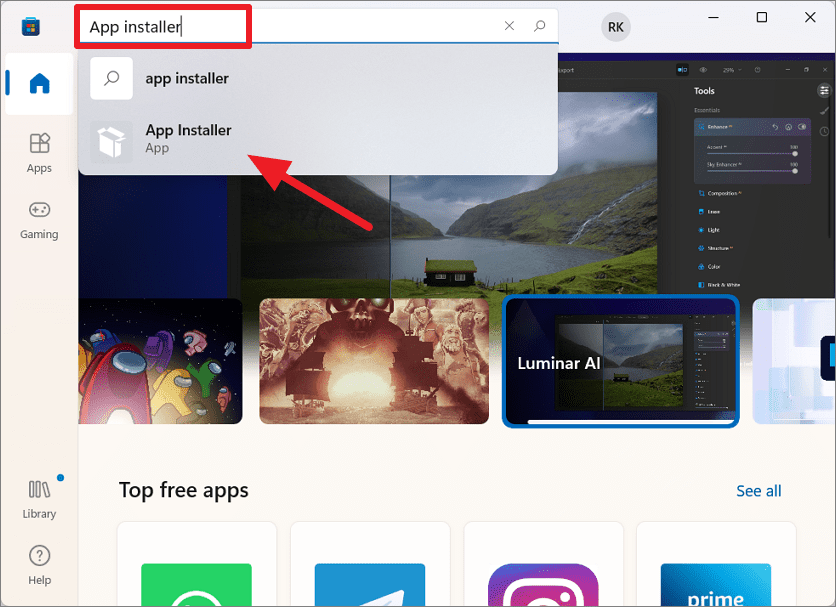
If you prefer an offline installation:
- Go to the Winget GitHub Releases page.
- Once downloaded, double-click the file to start the installation.
After installation, restart your computer to apply the changes.

Click Install in the installer window. If prompted that App Installer is already installed, choose Reinstall.

Under the Assets section, download the .msixbundle file (e.g., Microsoft.DesktopAppInstaller_8wekyb3d8bbwe.msixbundle).
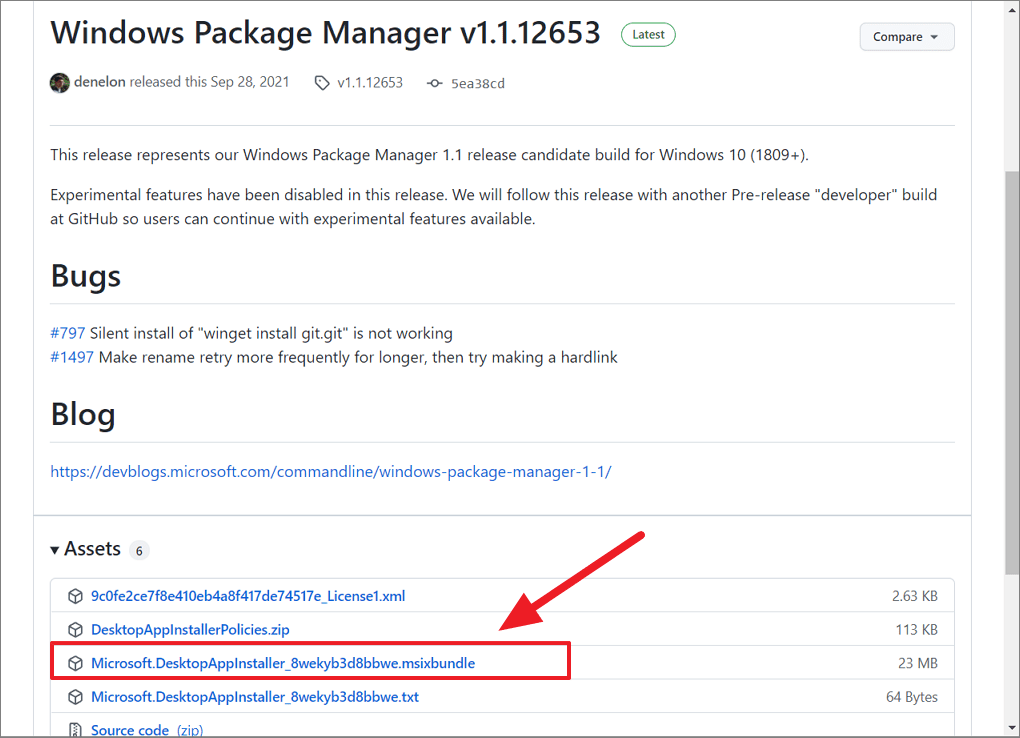
Select the latest release of the Windows Package Manager.

Using Winget on Windows 11
With Winget installed, you can start managing applications directly from the Command Prompt or Windows Terminal.
Opening Command Prompt with Administrator Privileges
- Click the Start button and type Command Prompt or CMD.
Right-click on Command Prompt and select Run as administrator. Confirm any prompts that appear.

Getting Started with Winget
To see available commands and options:
In the Command Prompt window, type winget and press Enter.
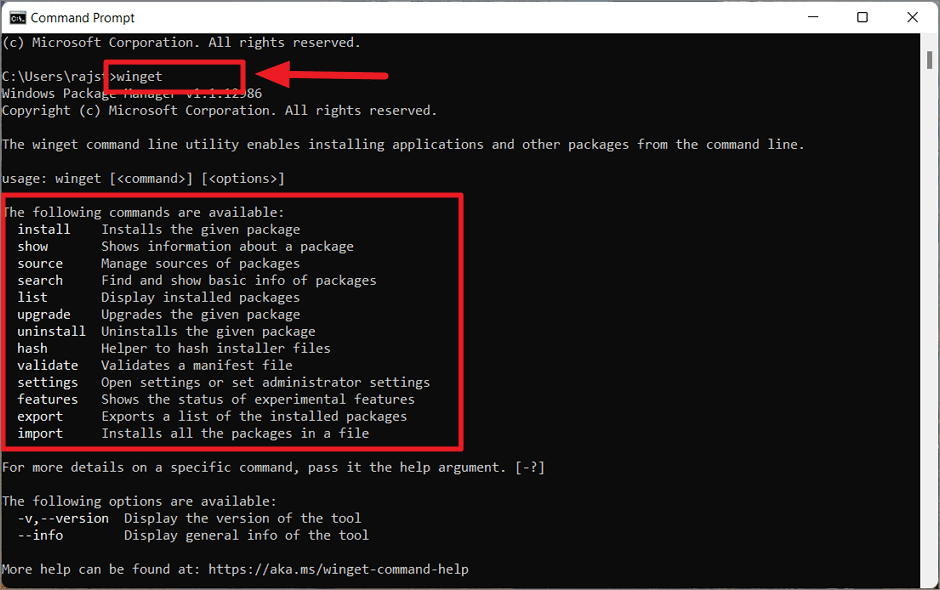
You will see a list of commands such as:
install— Install a package.search— Find packages.list— Display installed packages.upgrade— Update installed packages.uninstall— Uninstall a package.- ...and more.
Searching for Applications
To find an application, use the search command followed by the app name:
winget search <app_name>For example, to search for Twitter:
winget search twitterOn your first search, Winget may prompt you to agree to source agreements. Type Y and press Enter to accept.

Winget will display a list of applications matching your search query.

Filtering Search Results
If you receive too many results or want to narrow down your search, you can use filters:
--name— Filter by application name.--id— Filter by application ID.--tag— Filter by tag.--source— Specify the source repository (e.g.,msstoreorwinget).
For instance, to search for apps named exactly "Mozilla Firefox":
winget search --name "Mozilla Firefox"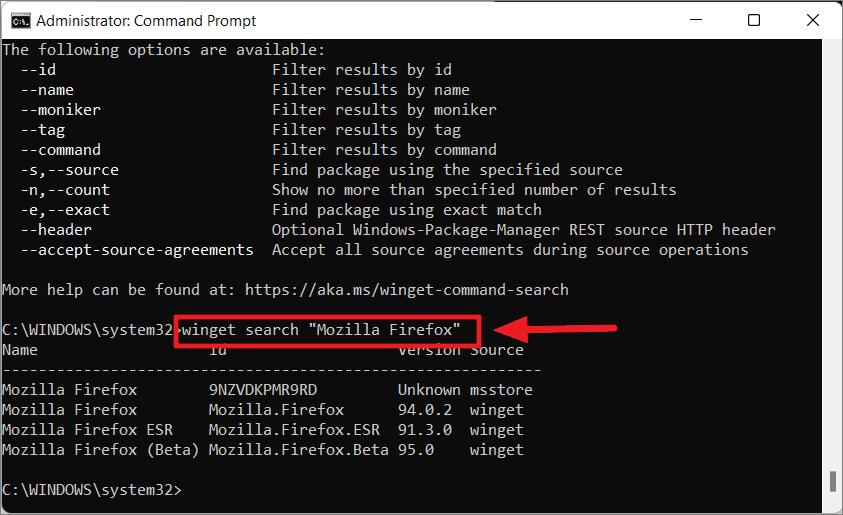
Viewing Application Details
To get more information about a specific application:
winget show --id=<app_id>Example:
winget show --id=Spotify.Spotify
Installing Applications
Once you've identified the application you want, you can install it using the install command.
Wait for the installation to complete.
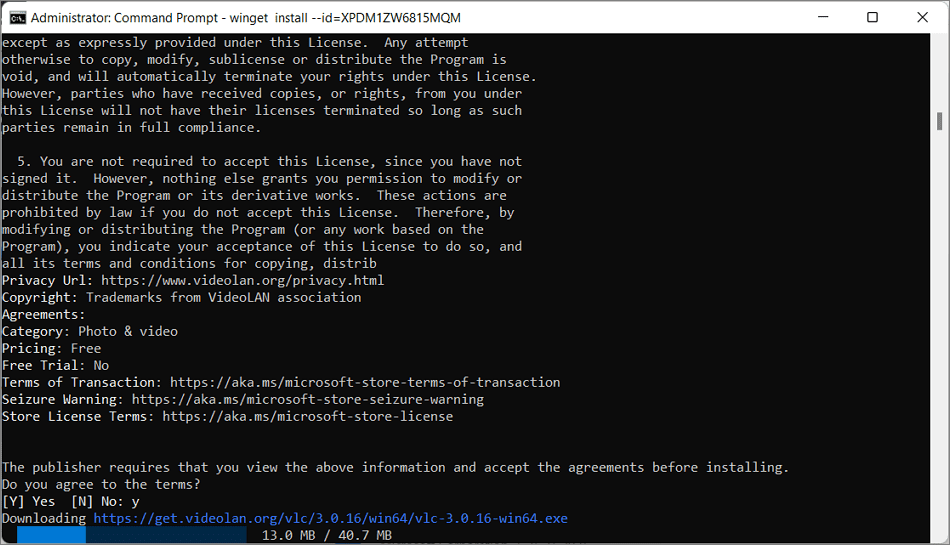
Winget may prompt you to agree to the license terms. Type Y and press Enter to proceed.
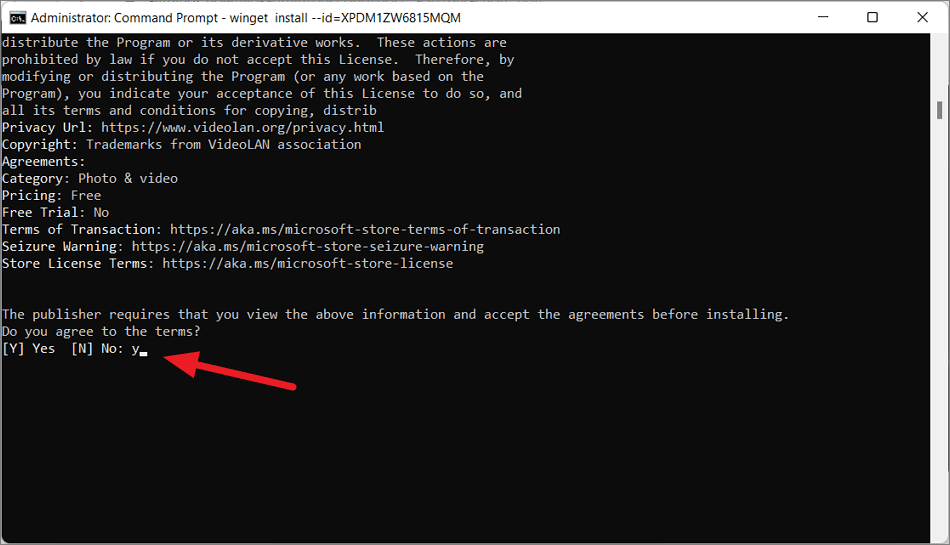
Use the application ID for precise installation. For example:
winget install --id=VideoLAN.VLCInstalling Multiple Applications at Once
To install several applications simultaneously, chain the commands using &&:
winget install VideoLAN.VLC -e && winget install Notepad++.Notepad++ -e && winget install Audacity.Audacity -e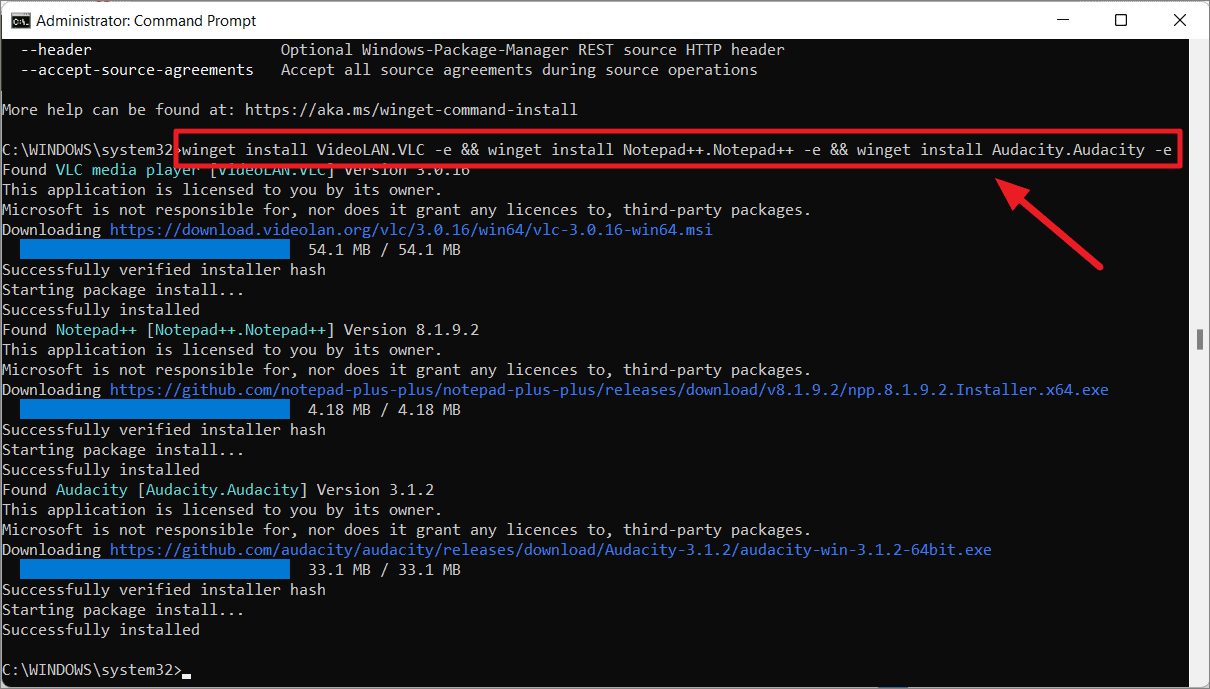
Upgrading Applications
To check for available updates for your installed applications:
winget upgradeTo upgrade a specific application:
winget upgrade --id=VideoLAN.VLCTo upgrade all applications with available updates:
winget upgrade --allUninstalling Applications
You can remove applications using the uninstall command.
Uninstall the application using its name or ID:
winget uninstall --name="Notepad++"
List installed applications to find the exact name or ID:
winget list
Exporting Installed Applications
Winget allows you to export a list of your installed applications to a JSON file, which you can use to install the same set on another machine.
Export the list to a file:
winget export -o F:\myapps.json --include-versions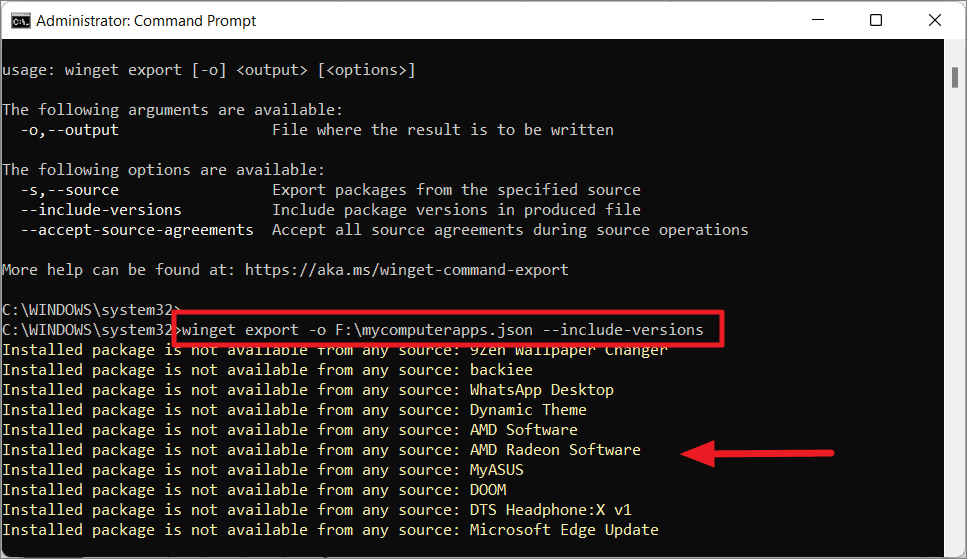
Importing Applications from a JSON File
To install applications from an exported JSON file on another computer:
Use the import command with the JSON file:
winget import -i F:\myapps.json --ignore-unavailable --ignore-versions
By leveraging Winget, you can significantly streamline software management on Windows 11, saving time and effort with command-line efficiency.








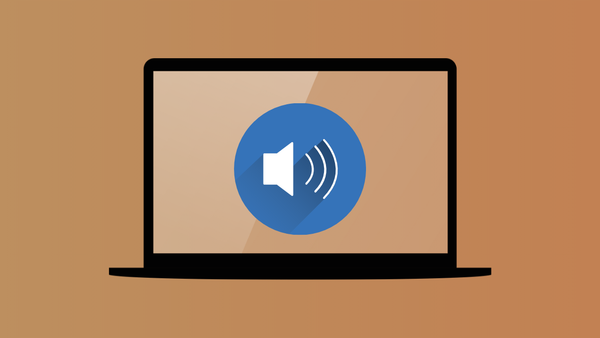


Member discussion